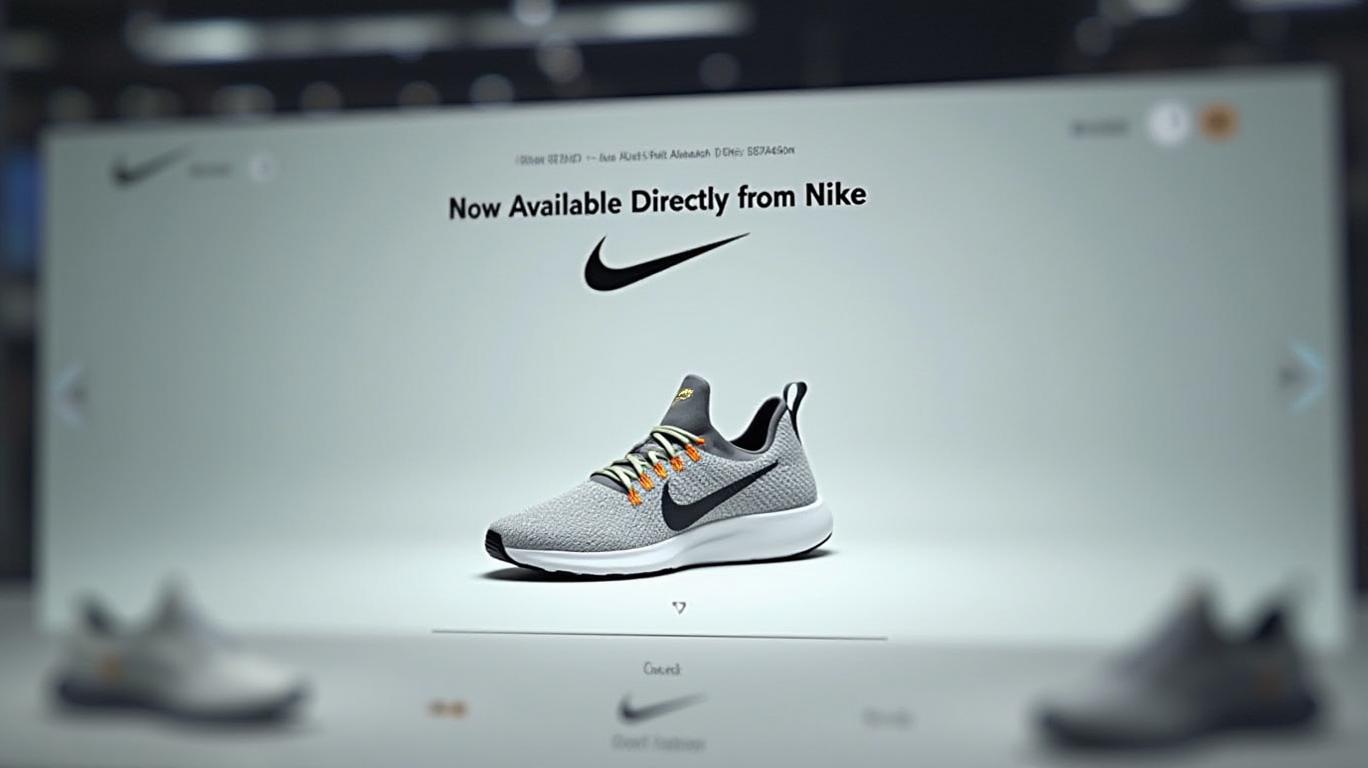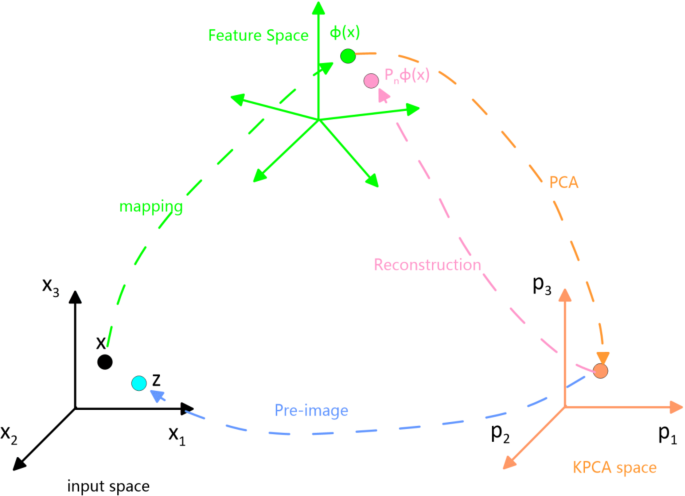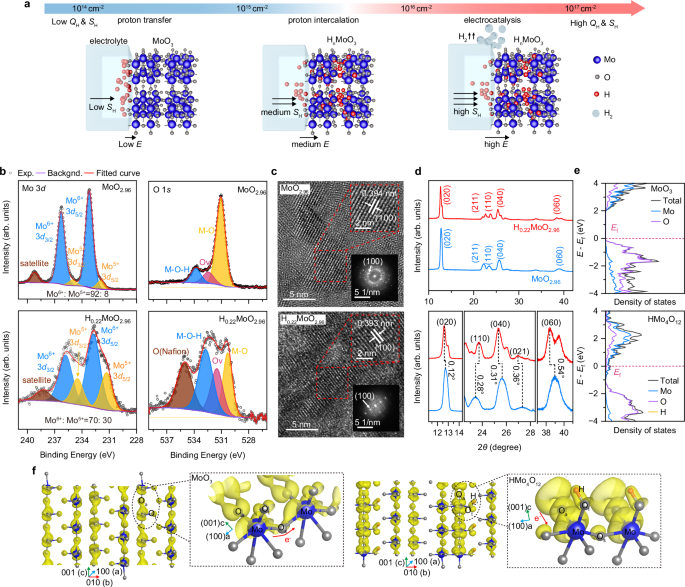Nike's Amazon Pivot: A Strategic Reboot for E-Commerce Dominance and Brand Resurgence
In a move that redefines the rules of modern retail, nike has announced its return to selling directly on Amazon’s U.S. marketplace—marking a seismic shift from its 2019 decision to cut ties with the e-commerce giant. This strategic realignment, effective May 2025, is a bold acknowledgment of shifting consumer behavior and a critical pivot to reclaim market share. For investors, this partnership signals a repositioning of Nike as a brand willing to adapt, while Amazon secures a foothold in the fiercely competitive athletic apparel market. Here’s why this alliance could be a game-changer—and why investors should pay close attention.

Nike’s 2019 exit from Amazon was framed as a move to combat counterfeit products and assert brand control. Yet declining sales—9% in the most recent quarter—and elevated inventory levels have forced CEO Elliott Hill to rethink this stance. The partnership, announced May 21, 2025, sees Nike selling a broader range of apparel and footwear directly on Amazon, ending reliance on third-party sellers. This shift isn’t just about convenience; it’s a calculated response to two key trends:
Behind the headlines lies a deeper story: Nike’s inventory overhang. The company now holds $2.5 billion in unsold goods, up from $1.2 billion in 2019. Direct sales on Amazon enable faster turnover, while price hikes (up to $10 on apparel, $10–15 on premium footwear) offset operational costs. Crucially, third-party sellers—previously responsible for inconsistent stock availability—are being phased out by July 19, 2025, ensuring Nike can control its supply chain.
For Amazon, this isn’t just about adding a brand to its shelves. The partnership strengthens its push into luxury and athletic apparel, a category where it’s lagged behind Nike’s direct-to-consumer model. Analysts estimate the deal could boost Amazon’s apparel revenue by 5–7% in 2025, while Nike’s U.S. sales could rise by 15% by year-end.
Nike’s simultaneous price increases—effective June 1—highlight a dual strategy:
- : Higher margins on select items (excluding children’s products and Air Force 1s) will offset rising tariffs and operational costs.
- : By keeping premium items like Jordan sneakers off Amazon, Nike preserves exclusivity for its direct channels, ensuring brand prestige remains intact.
Critics argue that Amazon’s third-party sellers, now sidelined, could retaliate by stockpiling inventory or discounting aggressively. However, Nike’s transition timeline—paired with strict compliance measures—limits this risk. The bigger question is whether Amazon can prevent counterfeits, a historic pain point. Early signs are positive: Amazon has invested $1 billion in anti-counterfeit tech since 2023, and Nike’s direct oversight will further mitigate this.
Nike’s Amazon pivot isn’t just a tactical fix—it’s a strategic realignment for the digital age. By marrying Amazon’s scale with its own brand equity, Nike reclaims lost momentum while Amazon gains a moat against competitors like Walmart and Target. For investors, this is a two-front opportunity:
Nike’s return to Amazon is a masterstroke of strategic flexibility. It addresses inventory overhang, combats declining sales, and leverages Amazon’s dominance to stay relevant. For Amazon, it’s a step toward becoming the ultimate destination for athletic apparel.
Investors who recognize this synergy should act swiftly. Nike’s stock trades at 25x forward earnings—a discount to its 10-year average of 28x—while Amazon’s valuation remains reasonable at 35x. With both companies poised to capitalize on this deal, this could be the catalyst for outsized returns in 2025 and beyond.
: This partnership isn’t just about selling shoes. It’s about who controls the future of retail. Nike’s move? A clear signal that the game is changing—and the winners are already in motion.
Investor Takeaway: Allocate to Nike and Amazon now. This alignment is a rare win-win in a crowded market—don’t miss the momentum.










